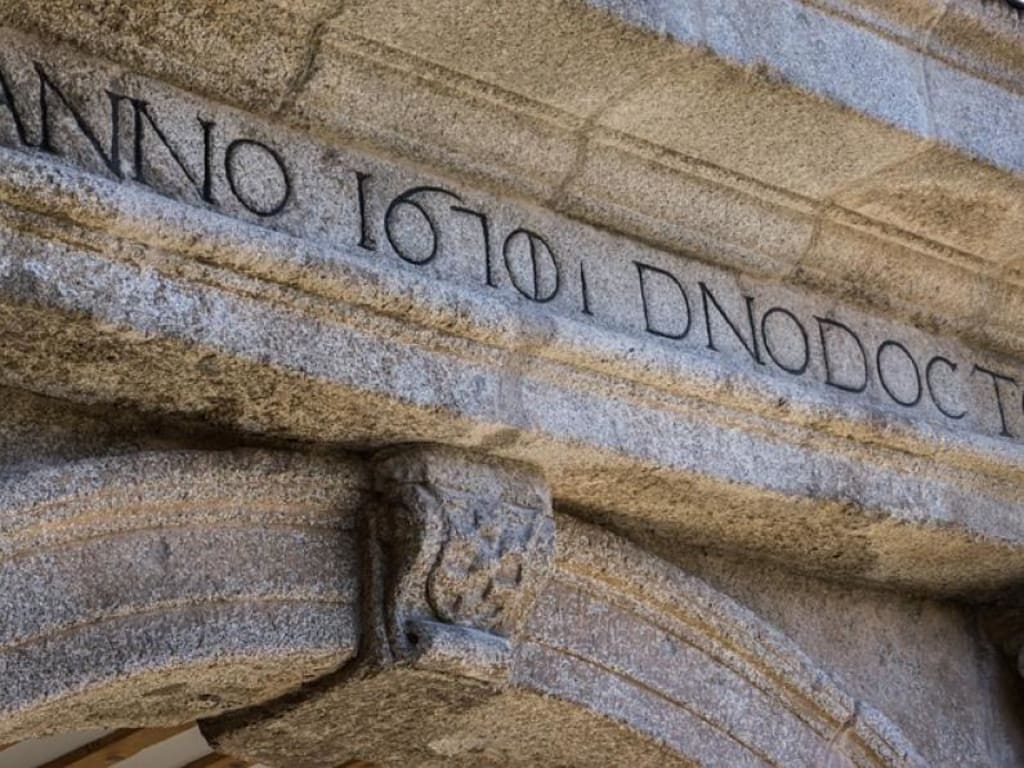
The Echoes of Antiquity: A Journey Through the History of the Latin Language
Latin, a language that once echoed through the grand halls of the Roman Empire and served as a linguistic cornerstone for Western civilization, holds a unique place in the annals of linguistic history. Its roots are deeply embedded in the rise and fall of one of the most influential civilizations the world has ever known. From the classical eloquence of Cicero to the liturgical chants of medieval monks, the history of Latin is a testament to its enduring legacy.
Ancient Rome: Birth of Latin
The story of Latin begins in the heart of ancient Rome. As Rome evolved from a humble city-state to a sprawling empire, so did its language. Latin, in its early forms, was spoken by the inhabitants of the Italian Peninsula. Over time, it underwent significant transformations, with influences from neighboring languages, particularly Greek.
The earliest form of Latin, known as Old Latin, was spoken from the 6th to the 1st century BCE. It was a language of practicality, used for everyday communication and record-keeping. The works of early Roman playwrights like Plautus provide glimpses into the linguistic nuances of this era.
### **Golden Age: Classical Latin**
The Golden Age of Latin unfolded during the 1st century BCE and the 1st century CE. This period, known as Classical Latin, marked the zenith of the language's influence and refinement. It was the language of Cicero's oratory, Virgil's epic poetry, and the historical narratives of Livy.
Classical Latin became the language of governance, philosophy, and literature. It was during this era that Julius Caesar's Commentarii de Bello Gallico and Cicero's philosophical treatises exemplified the eloquence and precision that would characterize the language for centuries to come.
### **The Roman Empire's Legacy: Vulgar Latin**
As the Roman Empire expanded, so did the influence of Latin. However, the language underwent a natural evolution as it spread to diverse regions, giving rise to Vulgar Latin. This colloquial form of the language was spoken by the common people and incorporated regional variations.
While Classical Latin maintained its prestige in literature and formal discourse, Vulgar Latin adapted to the vernacular needs of the populace. This divergence set the stage for the Romance languages—Spanish, French, Italian, Portuguese, and Romanian—that would emerge in the medieval period.
### **Medieval Latin: Language of the Church and Scholarship**
The fall of the Western Roman Empire in the 5th century CE did not herald the end of Latin. Instead, it metamorphosed into a language of scholarship, religion, and governance in the medieval period. Ecclesiastical Latin, used by the Catholic Church in liturgy and scholarly pursuits, became a unifying force across Europe.
During the Middle Ages, Latin served as the lingua franca for scholars and theologians. Monasteries and universities conducted their teachings in Latin, fostering a shared intellectual language that transcended regional differences. The works of medieval philosophers like Thomas Aquinas and the illuminated manuscripts of monks bear witness to the continued vitality of Latin.
Renaissance Revival and the Birth of Modern Romance Languages
The Renaissance witnessed a renewed interest in classical antiquity, and with it, a revival of Latin. Scholars sought to emulate the eloquence of Cicero and the poetic brilliance of Virgil. This period, often referred to as New Latin, produced literary works, scientific treatises, and philosophical writings.
Simultaneously, the Romance languages continued to evolve, solidifying their identities as distinct linguistic entities. The dichotomy between the learned Latin of scholars and the evolving vernacular languages mirrored the dynamic cultural landscape of the time.
Latin's Decline and Legacy
The decline of Latin as a living, spoken language was a gradual process. The scientific revolution and the Age of Enlightenment, with their emphasis on vernacular languages, marked a shift away from Latin in academic and scientific discourse. By the 18th century, Latin had lost its status as the primary medium of intellectual exchange.
Yet, its legacy endured. Latin persisted as a language of academia, finding a home in specialized fields such as law, medicine, and theology. The Catholic Church retained Latin in certain liturgical contexts, reinforcing its connection to religious traditions.
Latin Today A Language of Resilience
In the modern era, Latin survives not as a spoken language in daily life but as a subject of study, a key to unlocking the treasures of classical literature, philosophy, and scientific terminology. Latin phrases and expressions permeate various disciplines, underscoring its enduring relevance.
Latin's resilience lies in its adaptability and capacity to transcend the boundaries of time and space. Latin phrases adorn academic mottos, legal maxims, and the inscriptions of institutions worldwide. Its influence is embedded in the very foundations of Western thought and culture.
Conclusion: A Timeless Tapestry
The history of the Latin language is a tapestry woven with threads of antiquity, intellectual fervor, and cultural evolution. From the bustling streets of ancient Rome to the solemn halls of medieval monasteries, Latin has left an indelible mark on the trajectory of human civilization.
In its evolution from Old Latin to the rich tapestry of Romance languages, from the eloquence of Cicero to the scholarly pursuits of medieval monks, Latin has been a vessel for the expression of human thought and a bridge connecting generations across centuries.
As we navigate the complex terrain of the present, the echoes of Latin reverberate through our language, our institutions, and our understanding of the past. In each Latin phrase uttered and each classical text deciphered, we partake in a timeless journey—a journey through the linguistic landscape that has shaped the course of human history.
About the Creator
Hashir Naseem
My 23 years of experience serve as a testament to my dedication to continuous improvement, ensuring that I remain a seasoned practitioner capable of meeting the dynamic demands of the ever-evolving worlds of copywriting, and article writing
Enjoyed the story? Support the Creator.
Subscribe for free to receive all their stories in your feed. You could also pledge your support or give them a one-off tip, letting them know you appreciate their work.






Comments (1)
. Hats off to your work! Keep it going